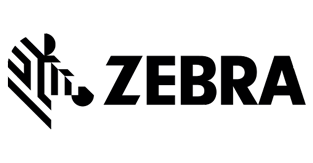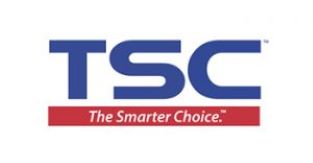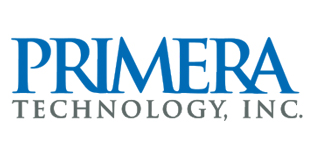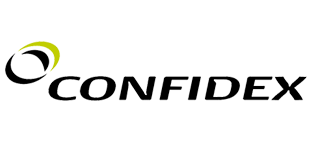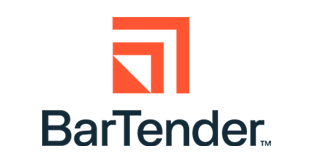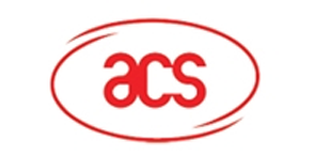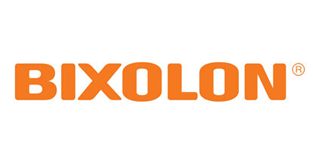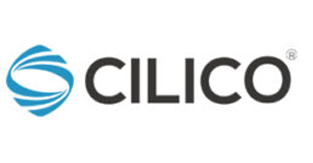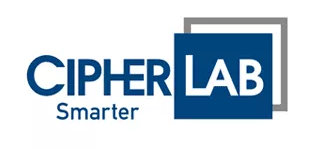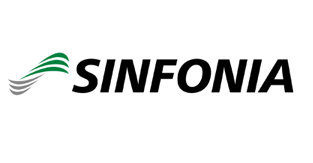The difference between thermal transfer and direct thermal technology is important to understand in order to select the correct printer for your application.
To help select the correct print technology for your application consider the following:
- Will your labels have a shelf-life of over 1 year?
- Will you be printing high density bar codes?
- Will the labels be subjected to heat or sunlight?
- Will the labels be subject to chemicals or other forms of abrasives?
- Will you be printing on a variety of different label types such as papers, films and foils?
- Will you ever need to print labels in colors other than black?
If you answer “yes” to any of the above questions you should strongly consider using a thermal transfer label printer rather than a direct thermal printer.
Thermal Printers: Direct Thermal
TSC direct thermal printers require the use of heat activated labels and do not require a ribbon. While somewhat durable, direct thermal labels are prone to darkening over time due to age or exposure to extreme light or heat. Direct thermal printing is popular in applications such as mailing, small parcel delivery, retail and the food industries where most items are stored away from heat and sunlight, and the expected life of the label is less than 1 year. The primary benefit is an overall lower cost since ribbon is not required, and direct thermal printers are easier to operate.
Thermal Printers: Thermal Transfer
Thermal transfer printing requires a printer that works with a thermal transfer ribbon and media. TSC manufactures both low cost thermal transfer “desktop” printers designed to print up to several thousand labels per day, and “industrial” thermal transfer printers capable of printing many thousands of labels per day. TSC thermal transfer printers are designed to print using either thermal transfer or direct thermal technology.
Thermal transfer printing requires the use of a carbon based ribbon which is chemically transferred onto a label’s substrate when heat is applied, hence the name “thermal transfer.”
Thermal transfer ribbons can be many different formulas and colors, so the user is not limited to black print. The print quality is crisp and durable which makes thermal transfer printing an excellent choice for printing high density bar-codes and labels that require longevity. Another benefit is that thermal transfer printers can print on paper, film, and even foil substrates.
Please note that the proper selection and match of label stock and ribbon is critical to the overall quality and performance of the printed media.
Source: www.tscprinters.com







